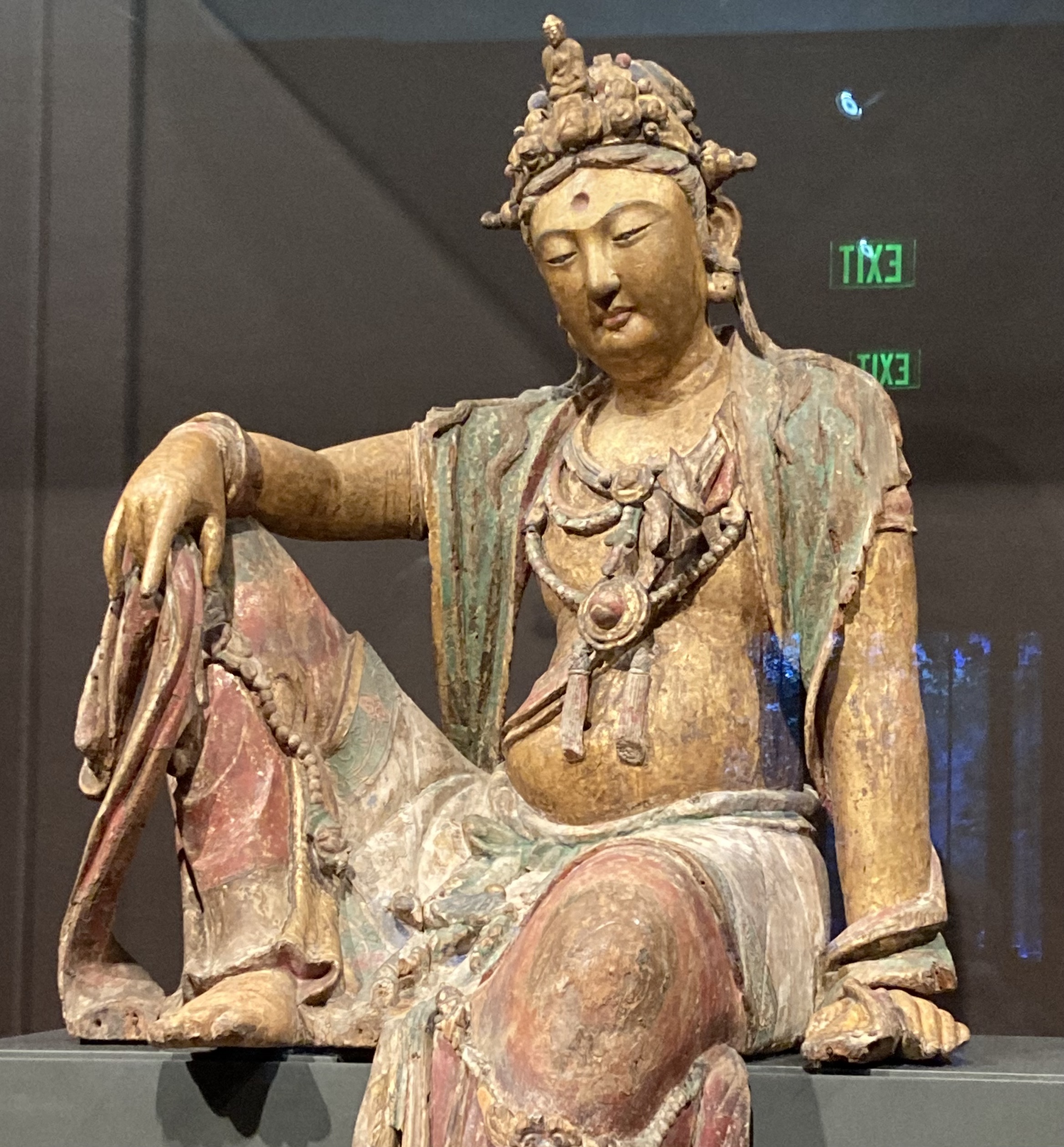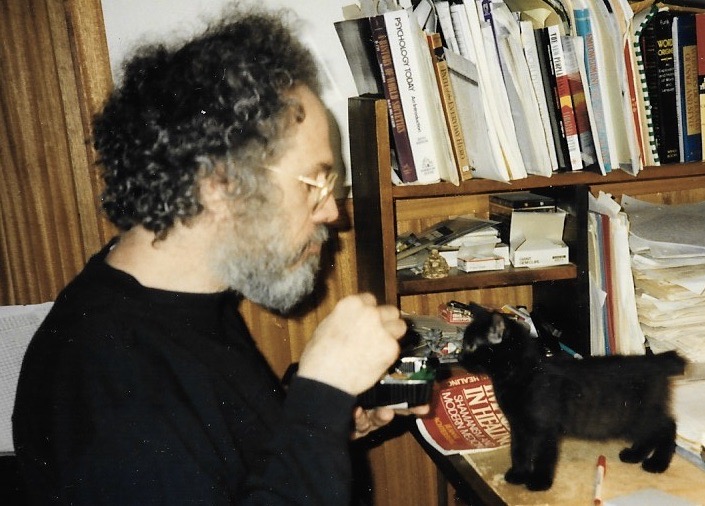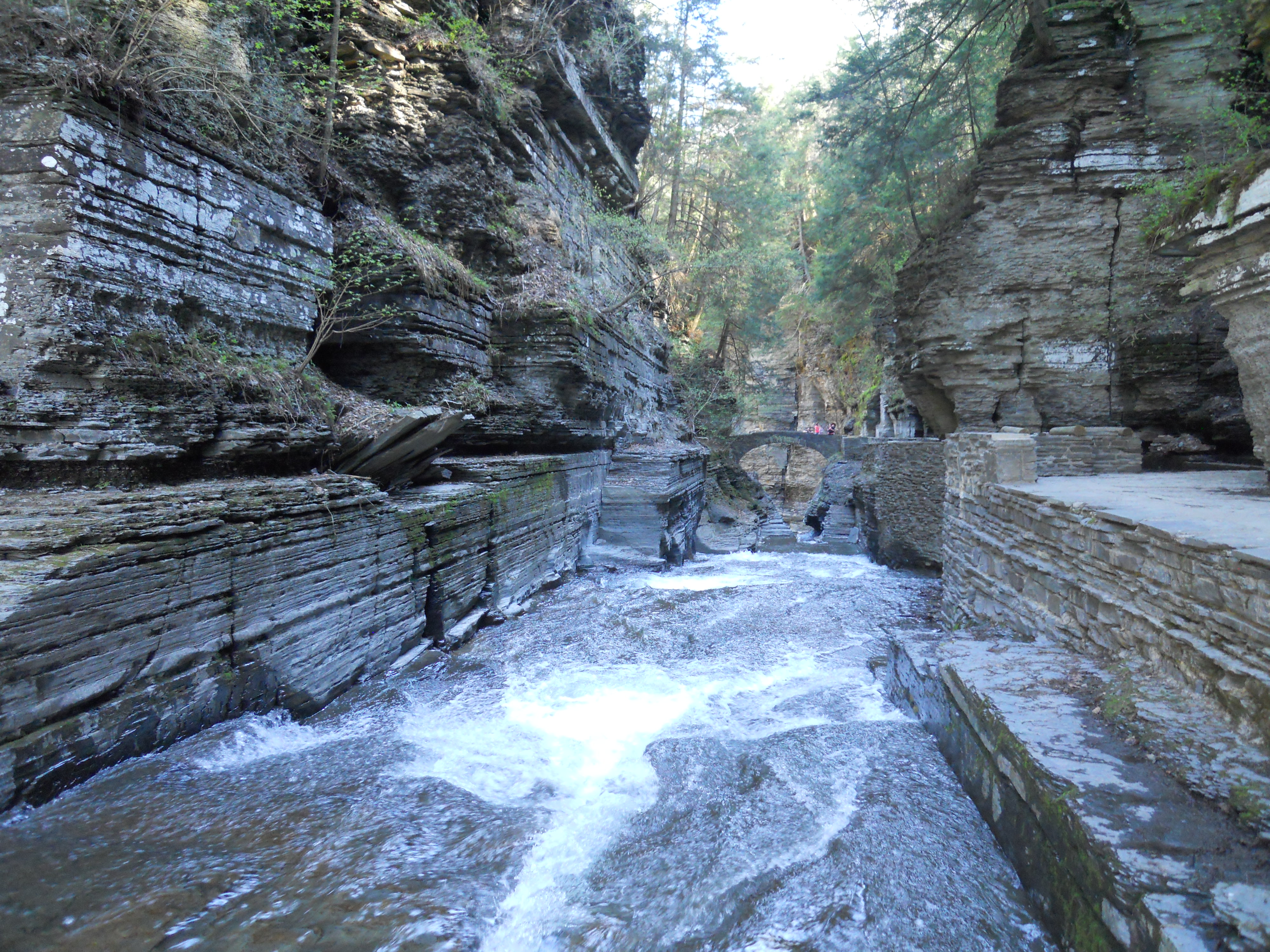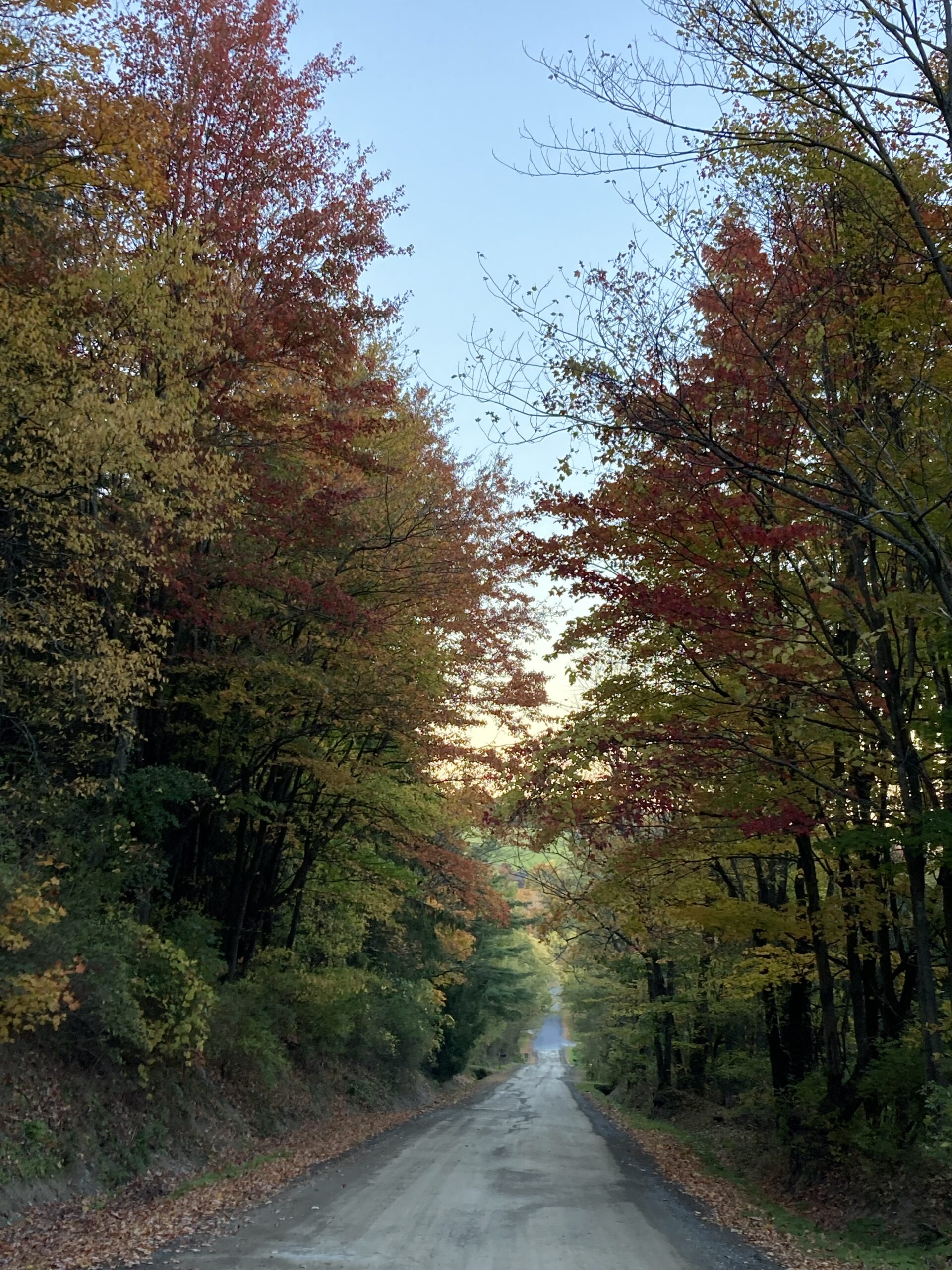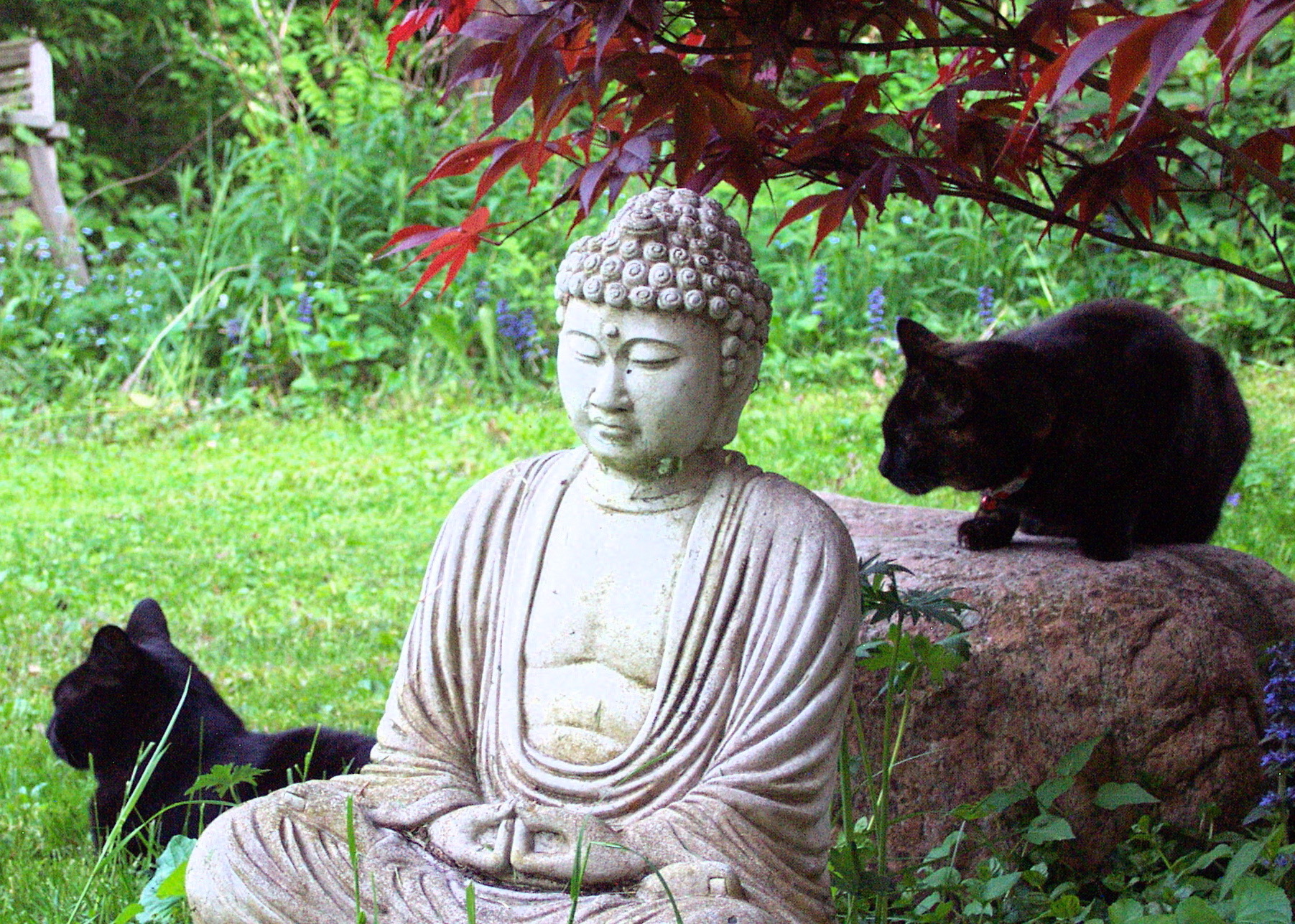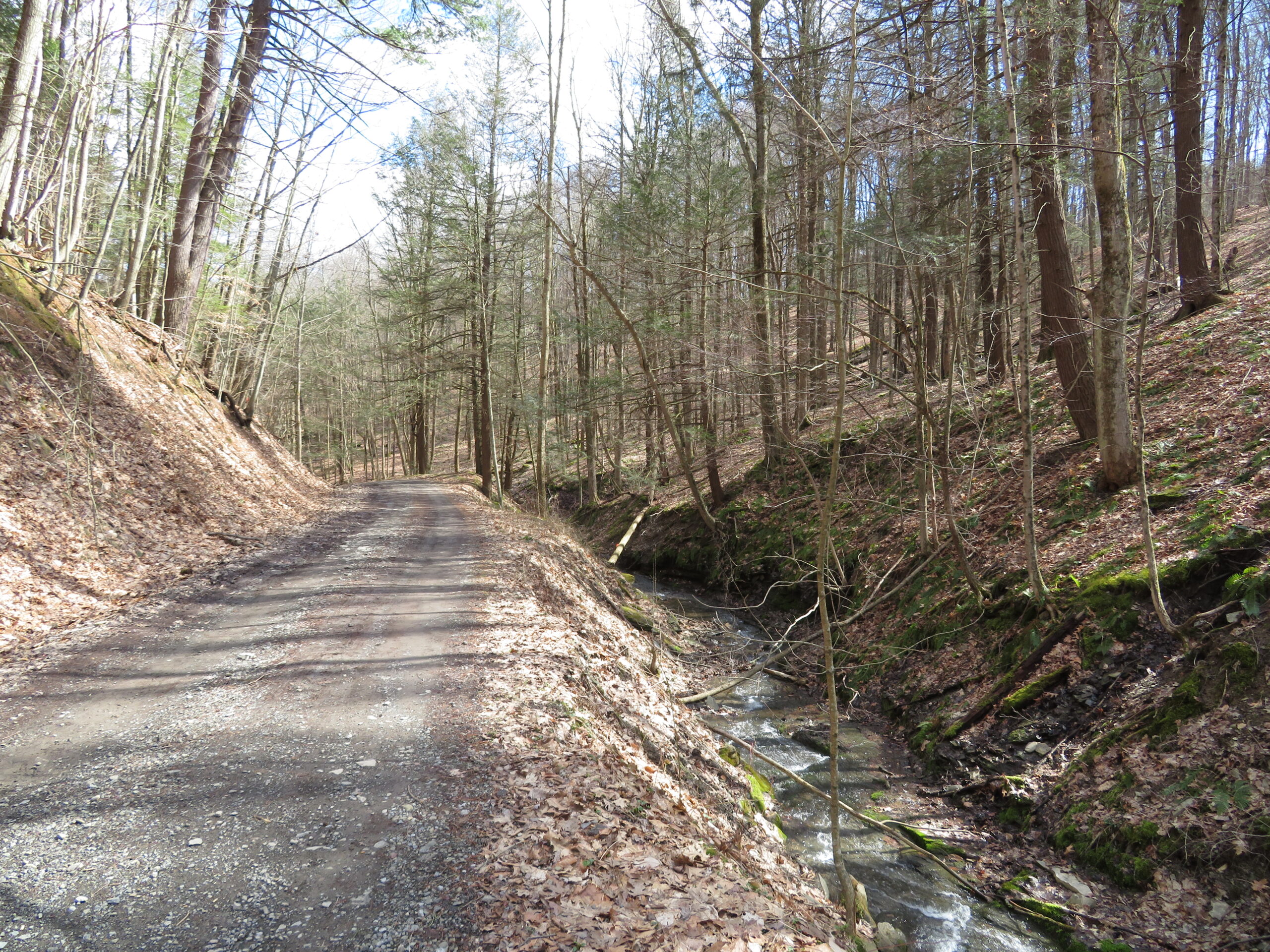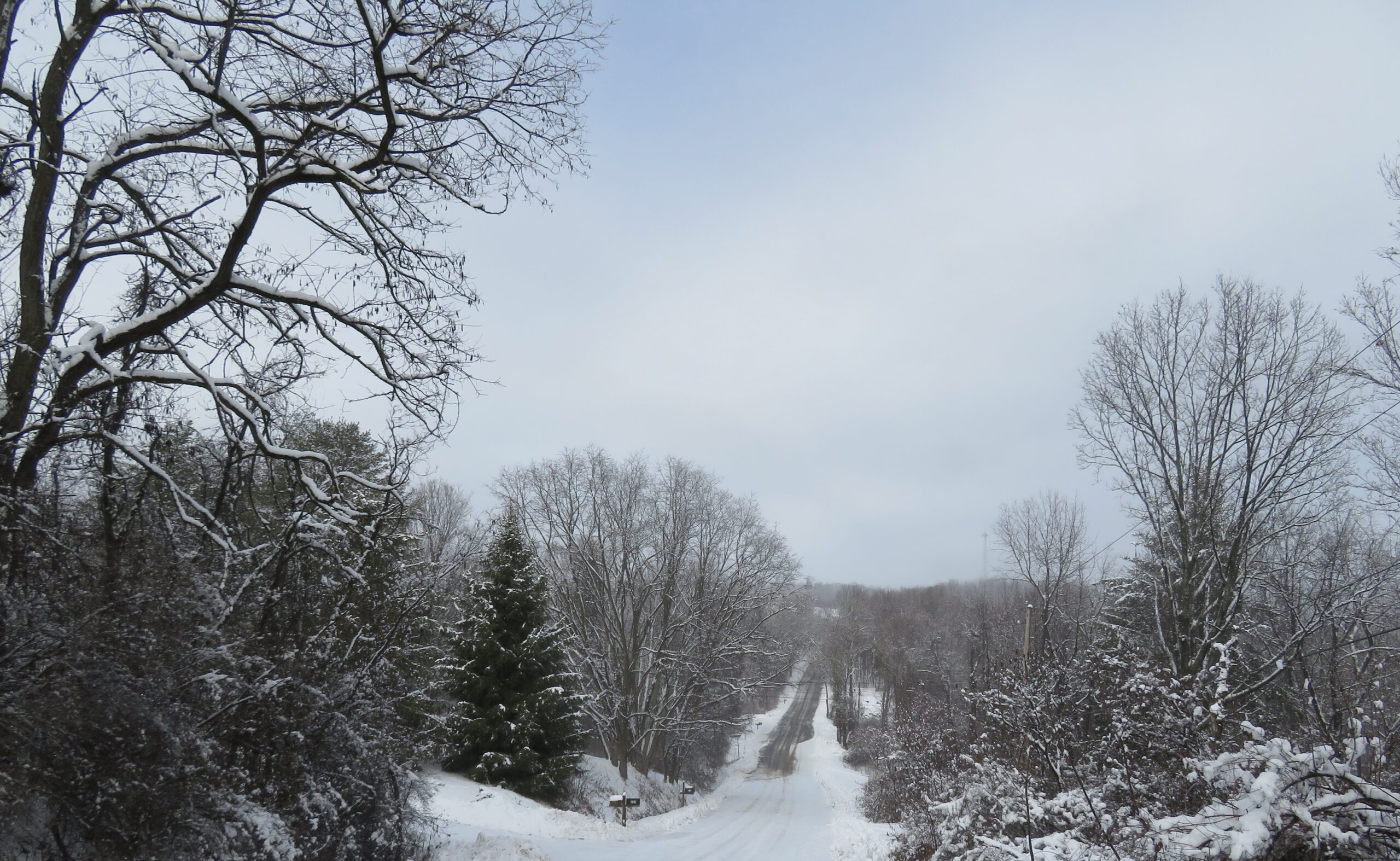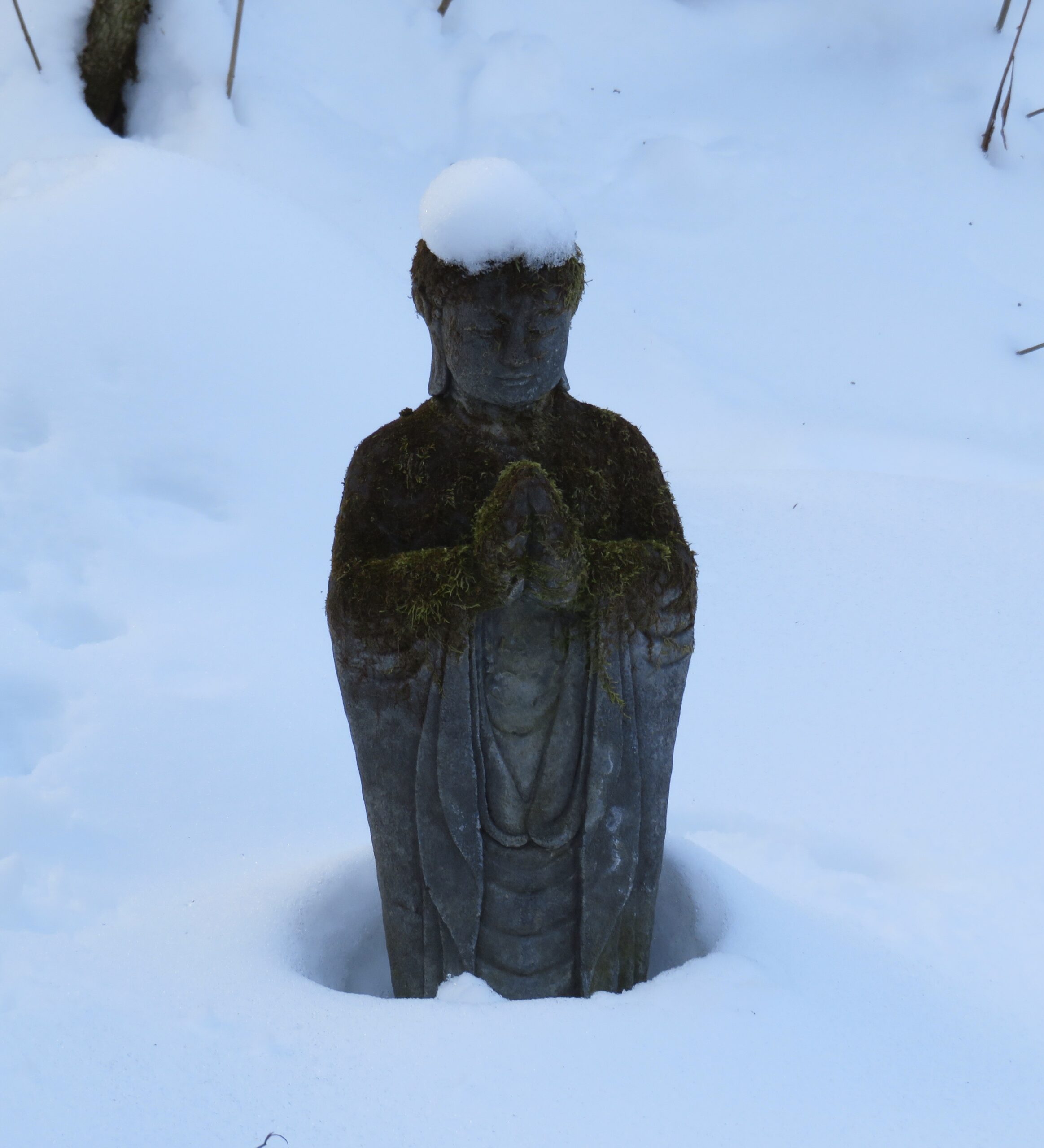We’ve all experienced pain, both psychological and physical. It’s one element of being alive, yet can be too complex to figure out, so difficult to live with. It can feel like it could shatter us. Maybe we just want it gone and yearn for a pill to mask it or chase it away. Certainly, it exists to signal something is wrong, but it can take on a life of its own, beyond any apparent purpose. It can also house inside itself impactful revelations.
Just a few days ago, an anecdote in a book I had just started reading grabbed my attention. It was Gerry Shishin Wick’s The Five Ranks of Zen; Tozan’s Path of Being, Nonbeing & Compassion. Tozan was a ninth century Zen Master, and his work significantly advanced the practice of Zen.
A monk asked Tozan “How do you avoid the discomfort of hot and cold?” Tozan replied, “Go to that place where there is no hot and cold… When you are hot, be hot; and when you are cold, be cold.”
Recently, I’ve been experiencing a weird pain wrapped in chills. It can feel like an invasion of cold, and I then treat it as such and just want it gone. Other times, it seems to rise from deep within me. I’ve spoken with doctors and tried all sorts of medical, and psychological approaches. I’ve considered how lucky I am that it’s not something worse.
When I can, I try to notice how and from where it came. I notice my response to sensations, and the labels I use for them; our response to pain is as important as the original sensations. If we think we’re having a heart attack, the pain can become immensely greater than if we think we have GERD.
Sometimes, when that cold-pain overtakes me, I visualize in my mind a warm, beautiful day in a place I love. And sometimes, this works, if I don’t shake so much it shatters the image of warmth I had created.
We can get hooked on pain. Pain can narrow our focus, and we can’t let it go. So maybe we then expand the universe of experience, so the pain becomes only one stimulus amidst hundreds. We let it share a moment of our lives with everything else around us, chairs and tables, trees and birds, spatial distances from our body to the walls of the room, or between our nose and toes. Les Fehmi and Jim Robbins describe this method in Dissolving Pain; Simple Brain-Training Exercises for Overcoming Chronic Pain.
But so far, no doctor has explained, no approach has fully healed the pain. So, this anecdote speaking of hot and cold, this story⎼ or what in Zen Buddhism is called a Koan, a retold conversation of a Zen master with a student meant to lead to awakening⎼ got to me. It felt so right but its reality eluded me.
What if instead of thinking myself separate from the pain and experiencing it as foreign, it became just one moment of a universe experiencing itself?…
*To read the whole piece, please go to The Good Men Project.

